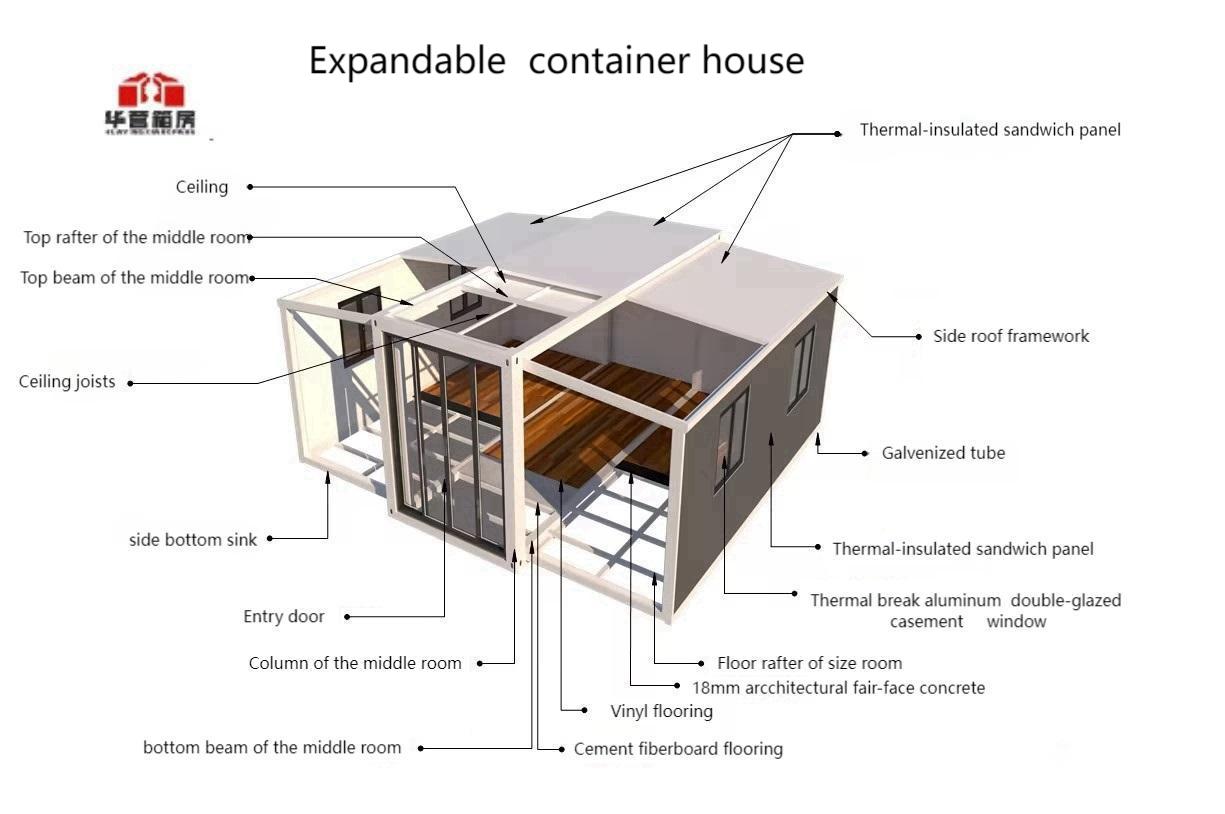House containers are transforming the housing industry with their affordability, sustainability, and versatility. These innovative structures, built from repurposed shipping containers, offer a practical solution for those seeking alternative housing options. Whether you’re looking for a permanent residence, vacation home, or mobile office space, house containers provide endless customization possibilities while reducing environmental impact and construction time.
In recent years, the concept of house containers has gained tremendous popularity as an innovative solution to modern housing challenges. These structures, created from repurposed shipping containers, are revolutionizing the way we think about homes, offices, and commercial spaces. Let’s dive into everything you need to know about this exciting trend in sustainable architecture.
What Are House Containers?
House containers, also known as shipping container homes or container architecture, are dwellings or structures created using steel shipping containers as the primary building material. These containers, originally designed for transporting goods across oceans, are incredibly durable, weather-resistant, and structurally sound. When properly modified and insulated, they can be transformed into comfortable, modern living spaces that challenge traditional construction methods.
The concept emerged in the early 2000s as architects and builders began exploring sustainable building alternatives. Today, house containers range from simple single-container tiny homes to elaborate multi-container mansions, showcasing the versatility of this building approach.
Benefits of House Containers
One of the most compelling advantages of house containers is their affordability. Compared to traditional construction, container homes typically cost 30-50% less, making homeownership accessible to more people. Additionally, the construction timeline is significantly reduced – while a conventional home might take 6-12 months to build, a container home can often be completed in just 2-3 months.
Sustainability is another major benefit. By repurposing existing shipping containers, we reduce the demand for new construction materials and minimize waste. These steel structures are also incredibly durable, designed to withstand harsh ocean conditions and extreme weather, making them more resilient than many traditional homes.
The mobility of house containers offers unparalleled flexibility. Unlike traditional homes, container structures can be relocated relatively easily, making them ideal for those who value freedom or need temporary housing solutions.
Design Options and Customization
When it comes to design, house containers offer remarkable versatility. They can be stacked vertically, arranged horizontally, or combined to create multi-story structures with unique architectural features. The steel frames provide excellent structural integrity, allowing for large open spaces and creative window placements.
Interior customization is virtually limitless. From minimalist designs to luxurious finishes, container homes can be tailored to any aesthetic preference. Many owners incorporate sustainable features like solar panels, rainwater harvesting systems, and green roofs to further reduce their environmental footprint.
Installation Process
The installation of house containers is remarkably straightforward, especially when compared to traditional construction methods. The process typically involves site preparation, foundation installation, container delivery, placement, and then the finishing work. What makes this approach particularly appealing is the speed and efficiency of the entire process.
Your browser does not support the video tag.
As demonstrated in the video above, the installation process is streamlined and efficient, with professional teams able to complete the structural assembly in a matter of days rather than weeks or months. This not only reduces labor costs but also minimizes the disruption to the surrounding environment.
Structural Features
The engineering behind house containers is both innovative and robust. The corrugated steel walls provide excellent strength-to-weight ratios, while the corner castings create a modular system that allows for secure stacking and connecting of multiple containers.

The structural diagram above illustrates the innovative dual-wing design that enhances stability and provides additional space for insulation and utilities. This engineering approach ensures that house containers maintain their integrity while offering comfortable living conditions in various climates.
Practical Applications
House containers have found applications beyond residential use. They’re increasingly being utilized as vacation homes, backyard studios, office spaces, retail shops, and even emergency housing in disaster-stricken areas. Their modular nature makes them particularly suitable for situations requiring rapid deployment or temporary structures.
For businesses, container offices offer a cost-effective solution that can be expanded or relocated as needs change. In the hospitality industry, container hotels and glamping sites provide unique experiences for travelers seeking something different from conventional accommodations.
Considerations Before Building
Despite their many advantages, there are important considerations when planning a house container project. Zoning regulations and building codes vary by location, and some areas may have restrictions on container homes. Site preparation is crucial, including proper foundation work and utility connections.
Insulation is another critical factor, as steel conducts heat and cold. Proper insulation and ventilation systems are essential to ensure comfortable living conditions year-round. Working with experienced professionals who understand the unique challenges of container construction is highly recommended.
The Future of House Containers
As housing costs continue to rise and environmental concerns become more pressing, house containers represent a practical solution that addresses both issues. With advances in insulation technology, modular design, and sustainable building practices, container homes are becoming increasingly sophisticated and comfortable.
The growing acceptance of alternative housing methods by zoning authorities and financial institutions suggests that house containers will continue to gain mainstream acceptance. For those looking to build a home that’s affordable, sustainable, and unique, house containers offer an exciting opportunity to be part of the future of housing.
